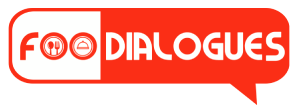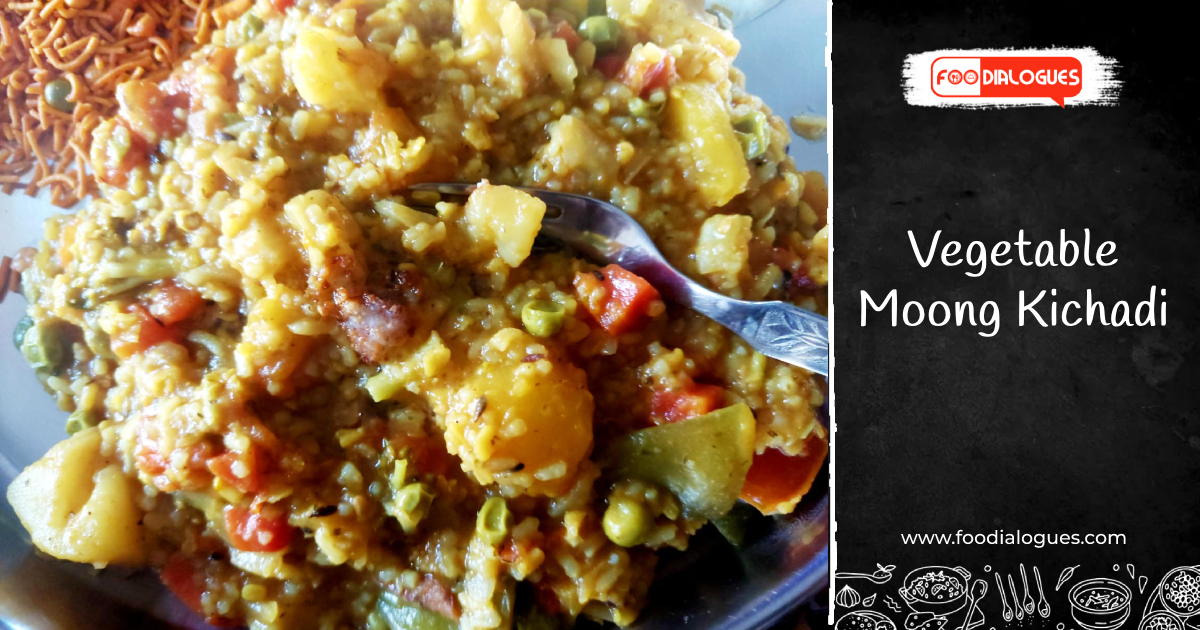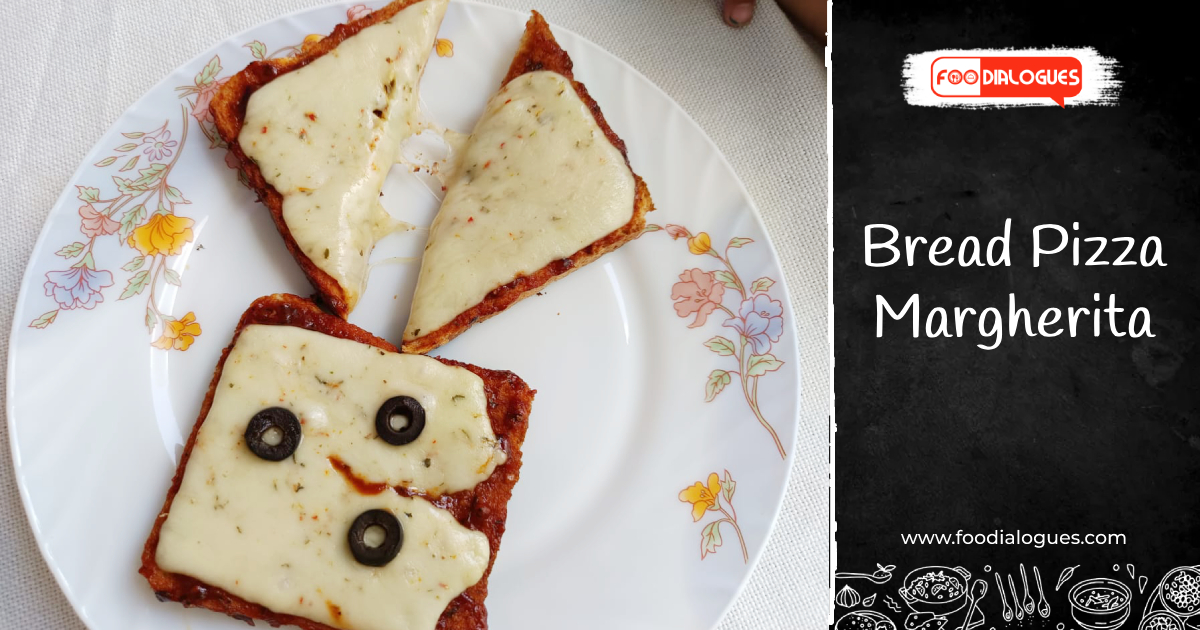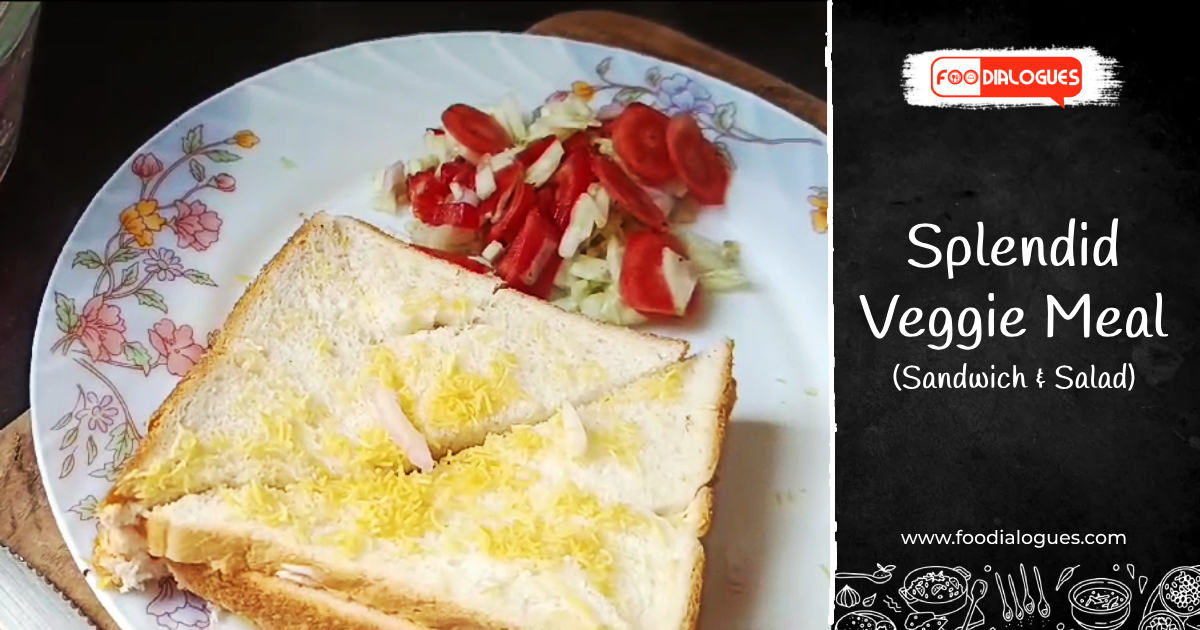Can a vegetarian diet take care of the protein needs of a gym beginner or an athlete?
Does muscle building happen on a vegetarian diet or do I have to consume protein supplements?
Questions that usually pop up during my Nutrition talks which make me wonder about the claims made on the superiority of meat proteins and non-vegetarian diets. Robert Cheeke is an American bodybuilder and motivational speaker who follows veganism. Sunil Chhetri, the Indian super league footballer is a hard-core vegetarian and so are Ashwin Ravichandran and Virat Kohli.
A protein is formed out of 20 different types of amino acids. Our body makes 11 of the amino acids on its own while we need to get the remaining 9 amino acids, called as “essential amino acids” through the food we eat. The nine essential amino acids are histidine, isoleucine, leucine, lysine, methionine, phenylalanine, threonine, tryptophan, and valine. If the protein you eat doesn’t have all the 9 amino acids you need to get from food, it’s called an “incomplete protein.” Cereals, Grains, Seeds, Nuts, Pulses, and Vegetables are such which fall under this “incomplete protein” category.
Protein complementation is the most efficient way to get all 9 amino acids into a vegetarian’s diet. Protein complementation is when you combine two vegetable proteins (legumes and grains for an example) to get all 9 amino acids that are essential for your body. Protein complementation does not have to be done at the same meal. If you eat beans for lunch and then some raw almonds for a snack later, you would be adding the methionine that you had missed out on during lunch. This complementation is what is followed in preparations such as Kichadi, Pongal, dal chawal, Roti /dal, Curd rice, Paneer pulao, Idli… and most of our vegetarian food/meal combos.
Enjoy the colours of winter with this comfort meal with the goodness of all winter vegetables, dal and rice …An excellent protein complement medley to take care of your complete protein and nutrition needs…… Vegetable Moong Kichadi …..A one-pot Makar Sankranti special.
VEGETABLE MOONG KICHADI / WINTER SPECIAL / MAKAR SANKRANTI SPECIAL
Ingredients for Vegetable Moong Kichadi:
- Broccoli 1 c
- Red carrot 1 medium
- Broad beans 6-7
- Potato big 1 cubed
- Raw banana 1 medium
- Tomatoes big 2 chopped
- Yellow pumpkin 1 thick slice cubed
- Green peas ½ C
- Green chilly slit 3
- Shredded cabbage ½ C
- Oil 2 tbsp
- Bay leaf 1
- Cumin seeds 1 tsp
- Chopped ginger 1 tsp
- Cloves 2
- Turmeric powder 1 tsp
For the final tadka/Tempering
- Oil 1 tsp
- Cumin 1 tsp
- Chilly powder 1 tsp
- Green chilly 2 slit
- Asafoetida 1 tsp
- Rice and moong dal 1 c each
- Salt as required
Preparation Method for Vegetable Moong Kichadi:
- Wash add soak rice and dal in safe water.
- Take a heavy-bottomed pan. Add 2 tbsp of oil. Add broccoli and potato and fry on medium-high flame till partially roasted. Remove the vegetable Add cumin. bay leaf, cloves, followed by ginger and green chilly.
- Once the cumin splutters and becomes brown add rest of the vegetables and sauté for about 5 minutes along with turmeric powder. Add broccoli and potato.
- Add 8 C of water, bring to a boil in open pan. Add the soaked and drained dal-rice mixture. Add the required salt. Cook till soft partially covered. You can pressure cook for 4 whistles on low flame if you want.
- Remove on a serving dish
- Heat oil for the second tempering. Add cumin, asafoetida, and green chilly, and finally before pouring add chilly powder. Pour this lover the Kichadi. Garnish with chopped coriander leaves and serve hot with curds and lemon pickle.
Nutritious & Tasty “Vegetable Moong Kichadi” is ready 🙂





